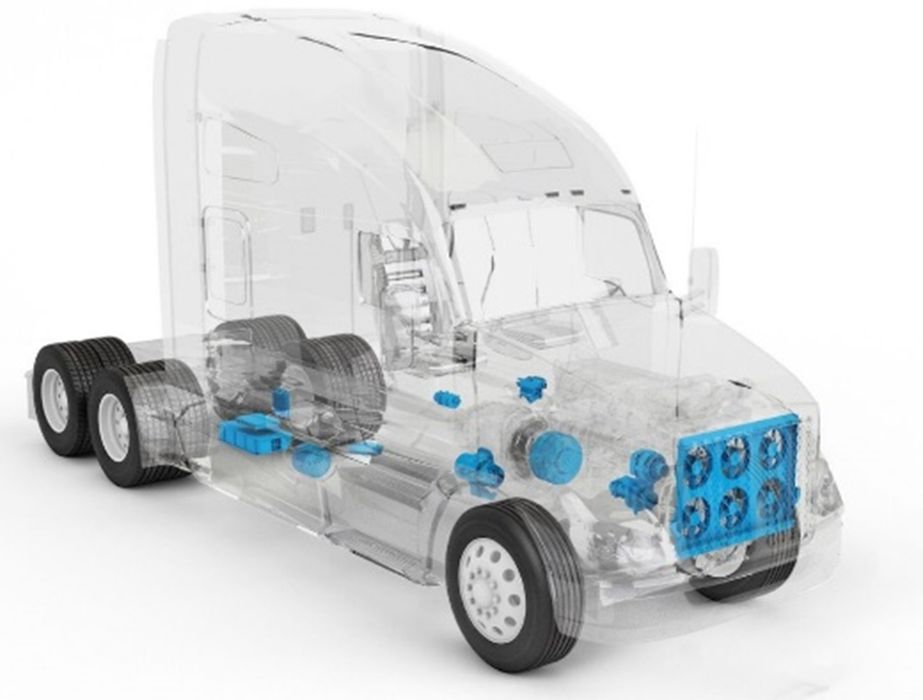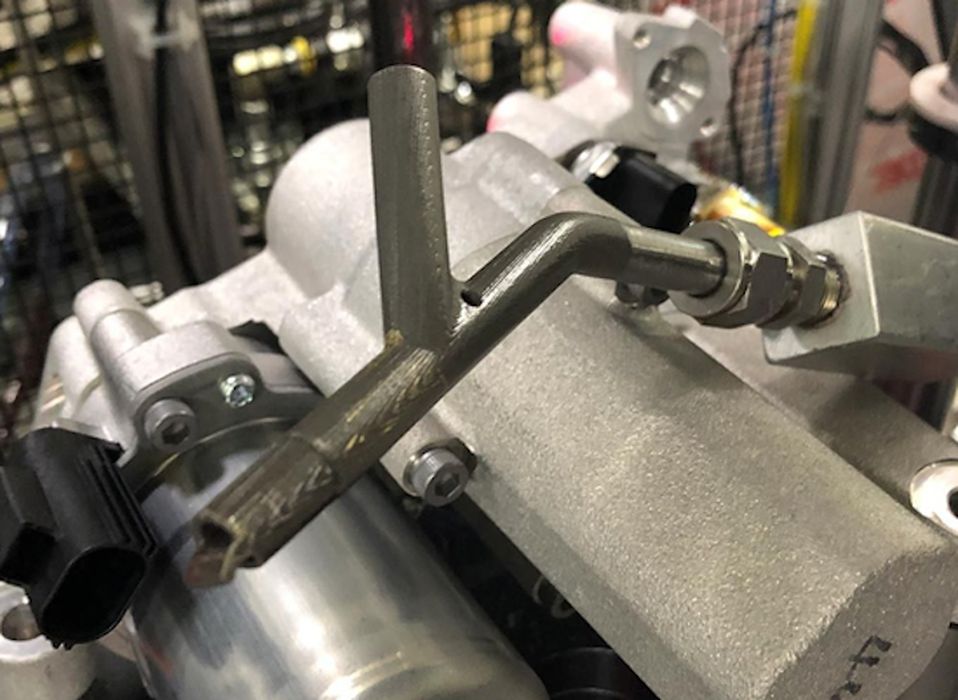Charles R. Goulding and Christopher Lee

Charles R. Goulding and Christopher Lee look at how one company thrives on the electrification shift through 3D printing.
A Paradigm Shift
The sound and smells of a car with a combustion engine are unmistakable. Whether it’s the rev of the engine or the smell of gasoline, combustion engine cars have dominated the market for eons.
However, that could soon change due to the global shift towards electrification. In fact, it is estimated that over seven million electric vehicles (EVs) were sold in 2021. As we outlined in a past article, companies all over the world have begun dedicating resources to the design of EVs.
But the electrification doesn’t stop there, as it has also found its way into the heating market, where heat pumps that run on electricity are being used as alternatives to traditional oil and gas heating. When considering this data in contrast to 3D printing, which is also quite popular, it becomes abundantly clear that the right company should be able to levy this climate into success.
Eaton
One such company is a U.S.-founded Dublin-based manufacturer called Eaton. Eaton is a manufacturing powerhouse, boasting US$17.9B in revenue in 2022, with roughly 85,000 employees spanning 175 countries. Eaton describes itself as a power management company that “operates through various segments, including electrical products, electrical systems and services, aerospace, vehicle, and most recently eMobility”. However, Eaton has also made significant investments in 3D printing. This includes but is not limited to:
- Gripping Components – In a manufacturing line, employees can use all the help they can get. To combat this issue, Eaton has utilized 3D printing to produce robot arms and grippers that help streamline the production line for operators and engineers.
- Testing Fixtures – Eaton produces custom fixturing for a variety of clients. Because of this, traditional manufacturing methods are not always an effective solution for producing one-off custom parts.
- Tooling Components – Custom tools for manufacturing processes can often take a long time to produce. Conversely, producing these tools via 3D printing is both cost-effective and efficient.
- Replacement Parts – Experiencing a break in a part can be heartbreaking for both the production line and the customers themselves. Eaton’s ability to 3D print replacement parts is helping to both streamline the production line and meet the needs of a wide variety of customers.

These investments into 3D printing are of course further bolstered by the fact that Eaton makes products for nearly every facet of electrical power. This should allow Eaton to fully benefit from the global shift towards electrification.
The Research & Development Tax Credit
The now permanent Research and Development (R&D) Tax Credit is available for companies and startups developing new or improved products, processes and/or software.
3D printing can help boost a company’s R&D Tax Credits. Wages for technical employees creating, testing and revising 3D printed prototypes can be included as a percentage of eligible time spent for the R&D Tax Credit. Similarly, when used as a method of improving a process, time spent integrating 3D printing hardware and software counts as an eligible activity. Lastly, when used for modeling and preproduction, the costs of filaments consumed during the development process may also be recovered.
Whether it is used for creating and testing prototypes or for final production, 3D printing is a great indicator that R&D Credit eligible activities are taking place. Companies implementing this technology at any point should consider taking advantage of R&D Tax Credits.
The Future
As the U.S. transitions into increasingly more sophisticated electrified power solutions, the demand for maintenance of these solutions will increase. Eaton has the resources to be a front-runner in this industry and has already taken steps towards ensuring they are at the very least at the front of the pack.
This is further bolstered by the fact Eaton is currently experiencing strong financial growth. In a world where everyone is buying what Eaton is selling, they are poised to be able to take advantage of the current industry trends.
Additionally, with the current economic and political climate being as unpredictable as ever, Eaton can take advantage of the vacuum that is being created by the U.S.’ reluctance to use components manufactured by potentially malicious foreign entities.
